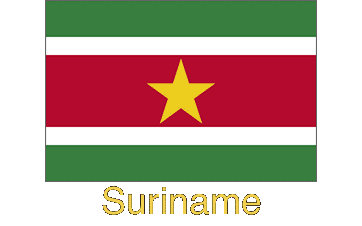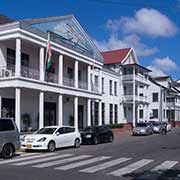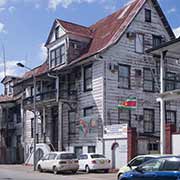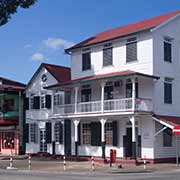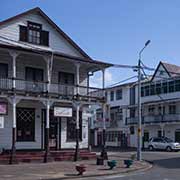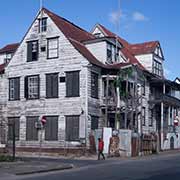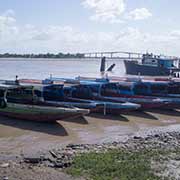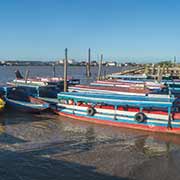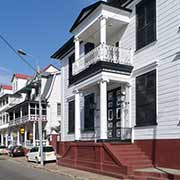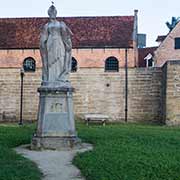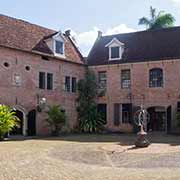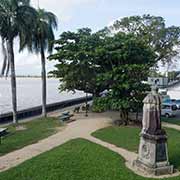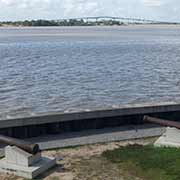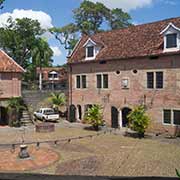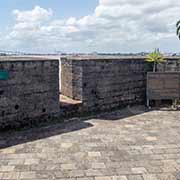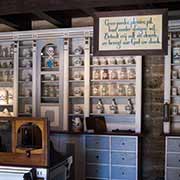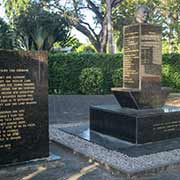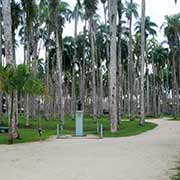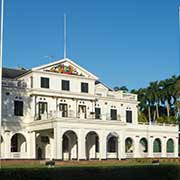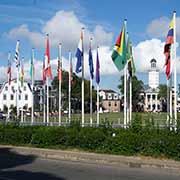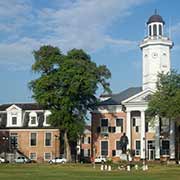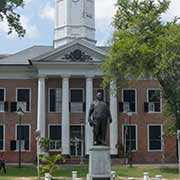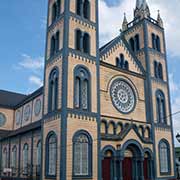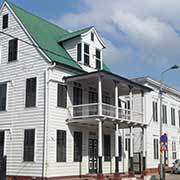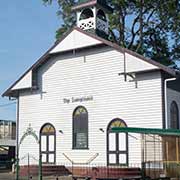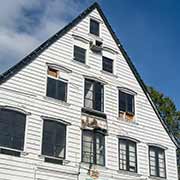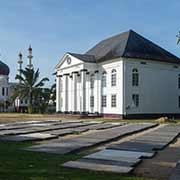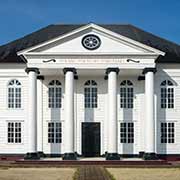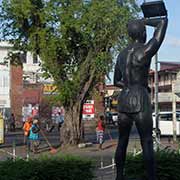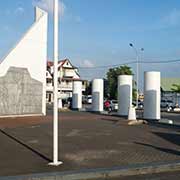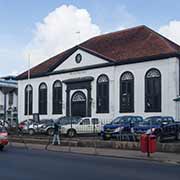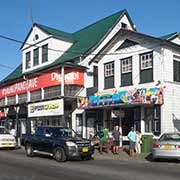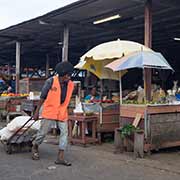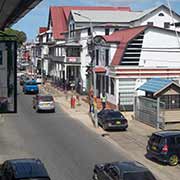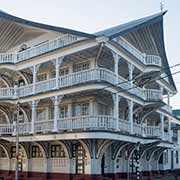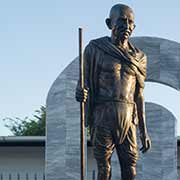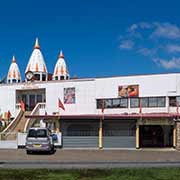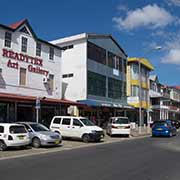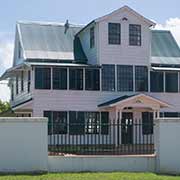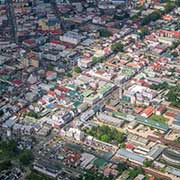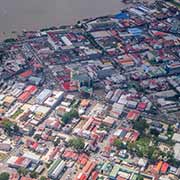Photos of Paramaribo, Suriname's Capital, Suriname
Paramaribo, Suriname's Capital
Paramaribo, or, among the locals, Parbo for short, is the capital and largest city of Suriname, located on the banks of the Suriname River, approximately 15 kilometres inland from the Atlantic Ocean. It has over 240,000 people, almost half of the country's population. The historic inner city, with its Dutch wooden architecture, is a UNESCO World Heritage Site since 2002.
you may then send it as a postcard if you wish.
Its name may be derived from that of an Amerindian village named Parmirbo, that used to be on the spot where a Dutch trading post was established in 1613. Also English and French traders attempted to establish trading posts here; the latter had a post nearby in 1644. The Dutch had abandoned the post for a few years when Lord Francis Willoughby, the English governor of Barbados, in 1650 sent colonists and established a town here. Fort Willoughby was built for its protection, named after the governor, who was granted the settlement and surrounding lands by King Charles II.
After the Second Anglo-Dutch War (1665 – 1667), a conflict between England and the United Netherlands Provinces for control over the seas and trade routes, Paramaribo was conquered in 1667 by a Dutch squadron; the Treaty of Breda, that ended the war, confirmed Dutch rule in Suriname and Fort Willoughby was renamed Fort Zeelandia, after the Dutch province of Zeeland that had financed the fleet that conquered it. Paramaribo has remained the capital of Suriname ever since.
It has a very diverse population; the first British colonists that settled here after 1650 included many Jews and one of the oldest synagogues in the Western Hemisphere, the Neveh Shalom Synagogue, is here; typical of the harmonious nature of the country, it is next door to the large SIV Mosque. Not far from there is the Roman Catholic Saint Peter and Paul Basilica, the biggest wooden structure in the Western Hemisphere. Fort Zeelandia, now a museum, is wonderfully restored, but a plaque with the names of the people shot here in 1982 is a reminder of the notorious "December murders".
Paramaribo is a great place to walk around, with its wooden architecture - that has seen its share of devastating fires: the largest one was in 1821, when 400 houses went up in flames. The reason for so many wooden buildings was in fact Dutch thrift: wood was cheaper than bricks; only foundations and important government buildings were made of brick. The most grandiose is the Presidential Palace, formerly the Palace of the Governor, dominating the Onafhankelijkheidsplein (Independence Square), formerly Oranjeplein. Other notable buildings are the Ministry of Finance, with its clock tower and the many wooden buildings along the Suriname river, (Waterkant) and inner city streets.


